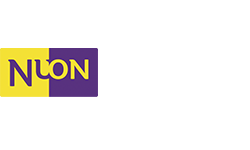Bee-Eye
Buildings have evolved towards smart systems that provide an indoor climate that increases the occupant’s comfort and well-being. With vision as a key sense, light enables humans to interact with their environment, it impacts their well-being and their general health. Daylight is appreciated for its dynamics over the day, i.e. it changes in its distribution, amount and spectral composition, and this feels natural to us. The benefits of daylight range from providing good visual environments, psychological values and offsetting the electric lighting need. Control systems are needed to optimize daylight in buildings. For providing great lighting, information is required about the interior and exterior lighting conditions. Instead of just a single measurement point informing of the illuminance at that very spot, spatially resolved information is preferable.
The proposed system scans the luminous distribution of its surrounding. Key features are the facts that the measurement is done within seconds at a fraction of the costs for conventional methods, while the quality of the measurements is suitable for practical deployment. Moreover, multiple sensing functionalities can be added to the system to improve the cost-benefits. Since the system looks around itself similar to insects’ eyes, and is essential to a control system similar as a bee is essential to an ecosystem the system is referred to as Bee-Eye. A system like the Bee-Eye is essential to turn buildings into adaptive buildings that can provide great lighting conditions for its occupants while limiting the energy use. The return of investment of the Bee-Eye is significant as it results in energy savings and happy occupants.




 Thijs Kruisselbrink
Thijs Kruisselbrink 


Douwe van den Wall Bake
28 maart 2017 at 06:36
Beste thijs, klinkt interessant! Ben ook benieuwd of je technologie toepasbaar is voor andere spectrums zoals geluid, luchtvochtigheid, beweging, etc....? En ik breng je graag in contact met een ontwerper of installateur!